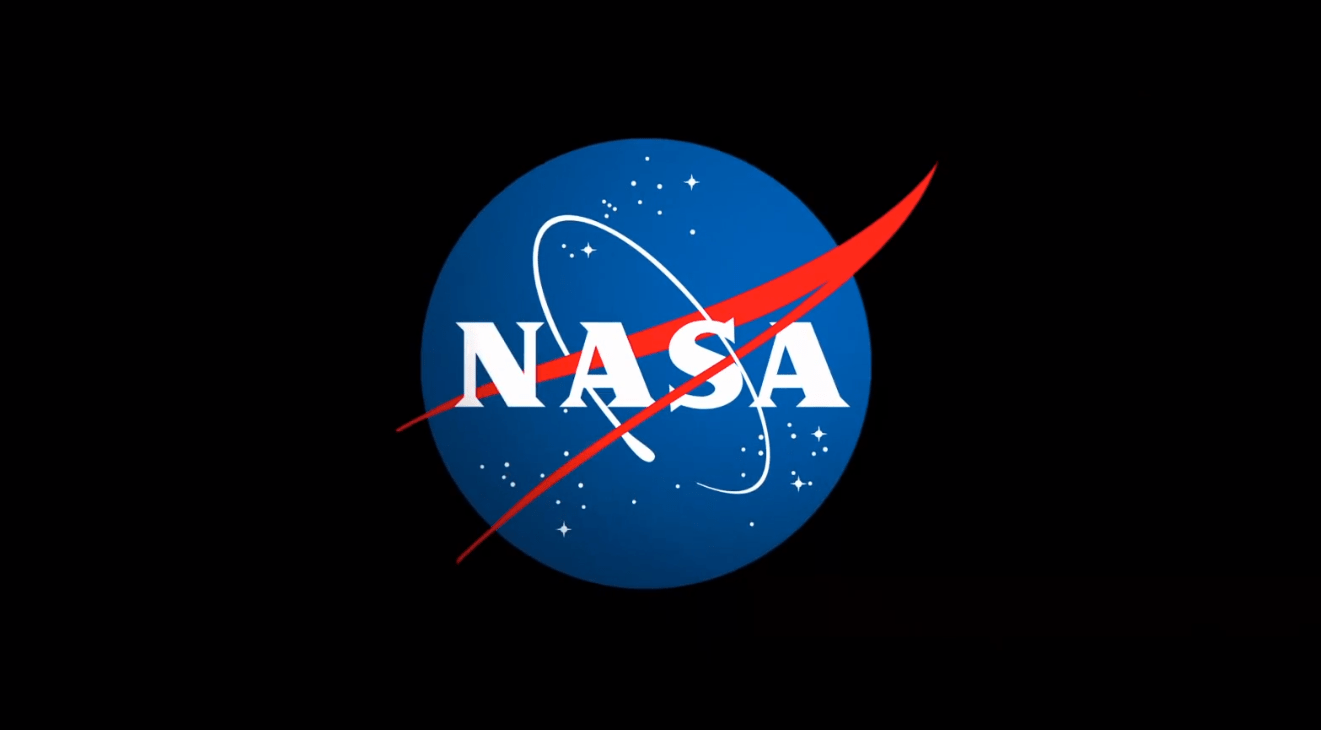Credits: NASA NASA has selected the University of Hawaii in Honolulu to maintain and operate the agency’s Infrared Telescope Facility (IRTF) on Mauna Kea in Hilo, Hawaii. The Management and Operations of NASA’s IRTF is a hybrid firm-fixed-price contract with an indefinite-delivery/indefinite-quantity provision. The contract has a maximum potential value of approximately $85.5 million, with a base period of performance from Monday, July 1 to June 30, 2025. Nine optional periods, if exercised, would extend the contract through Dec. 31, 2033. Under this contract, the University of Hawaii will provide…
Read MoreTag: Science & Research
In Space Production Applications News
Technological innovations make headlines every day, and NASA’s In Space Production Applications (InSPA) Portfolio of awards are driving these innovations into the future. InSPA awards help U.S. companies demonstrate in-space manufacturing of their products and move them to market, propelling U.S. industry toward the development of a sustainable, scalable, and profitable non-NASA demand for services and products manufactured in the microgravity environment of low Earth orbit for use on Earth. Latest News: A Meta-Analysis of Semiconductor Materials Fabricated in Microgravity (June 26, 2024) ISSRDC Announces “Steps to Space” Session to Educate Future…
Read MoreInvestigating the Origins of the Crab Nebula With NASA’s Webb
6 Min Read Investigating the Origins of the Crab Nebula With NASA’s Webb This image by NASA’s James Webb Space Telescope’s NIRCam (Near-Infrared Camera) and MIRI (Mid-Infrared Instrument) shows different structural details of the Crab Nebula. New data revises our view of this unusual supernova explosion. A team of scientists used NASA’s James Webb Space Telescope to parse the composition of the Crab Nebula, a supernova remnant located 6,500 light-years away in the constellation Taurus. With the telescope’s MIRI (Mid-Infrared Instrument) and NIRCam (Near-Infrared Camera), the team gathered data that…
Read MoreNASA to Discuss Outcome of 5th Biennial Asteroid Threat Exercise
Representatives from NASA, FEMA, and the planetary defense community participate in the fifth Planetary Defense Interagency Tabletop Exercise on April 2 and 3, 2024, to discuss the nation’s ability to respond effectively to the threat of a potentially hazardous asteroid or comet. Credits: NASA/JHU-APL/Ed Whitman NASA will host a virtual media briefing at 3:30 p.m. EDT, Thursday, June 20, to discuss a new summary of a recent tabletop exercise to simulate national and international responses to a hypothetical asteroid impact threat. The fifth biennial Planetary Defense Interagency Tabletop Exercise was…
Read MoreNASA’s Roman Mission Gets Cosmic ‘Sneak Peek’ From Supercomputers
Researchers are diving into a synthetic universe to help us better understand the real one. Using supercomputers at the U.S. DOE’s (Department of Energy’s) Argonne National Laboratory in Illinois, scientists have created nearly 4 million simulated images depicting the cosmos as NASA’s Nancy Grace Roman Space Telescope and the Vera C. Rubin Observatory, jointly funded by NSF (the National Science Foundation) and DOE, in Chile will see it. Michael Troxel, an associate professor of physics at Duke University in Durham, North Carolina, led the simulation campaign as part of a…
Read MoreNASA Awards Advance Technologies for Future Habitable Worlds Mission
This artist’s concept features one of multiple initial possible design options for NASA’s Habitable Worlds Observatory. Credits: NASA’s Goddard Space Flight Center Conceptual Image Lab NASA announced Friday it selected three industry proposals to help develop technologies for future large space telescopes and plan for the agency’s Habitable Worlds Observatory mission concept, which could be the first space telescope designed to search for life outside our solar system. The mission would directly image Earth-like planets around stars like our Sun and study their atmospheres for the chemical signatures of life,…
Read MoreSpace Station Research Advances NASA’s Plans to Explore the Moon, Mars
4 Min Read Space Station Research Advances NASA’s Plans to Explore the Moon, Mars The full moon is pictured as the International Space Station orbited 254 miles above the Pacific Ocean northeast of Guam. Credits: NASA Space, the saying goes, is hard. And the farther humans go, the harder it can get. Some of the challenges on missions to explore the Moon and Mars include preventing microbial contamination of these destinations, navigating there safely, protecting crew members and hardware from radiation, and maintaining and repairing equipment. Research on the International…
Read MoreNASA’s Heliophysics Experiment to Study Sun on European Mission
The Joint EUV coronal Diagnostic Investigation (JEDI) will fly aboard the European Space Agency’s Vigil space weather mission and capture new views that will help researchers connect features on the Sun’s surface to those in the Sun’s outer atmosphere, the corona. Credits: NASA NASA announced Tuesday it selected a new instrument to study the Sun and how it creates massive solar eruptions. The agency’s Joint EUV coronal Diagnostic Investigation, or JEDI, will capture images of the Sun in extreme ultraviolet light, a type of light invisible to our eyes but…
Read More2024 Total Solar Eclipse: Prediction vs. Reality
2 min read 2024 Total Solar Eclipse: Prediction vs. Reality Image Before/After Before a total solar eclipse crossed North America on April 8, 2024, scientists at Predictive Science Inc. of San Diego aimed to foresee what the Sun’s outer atmosphere, the corona, would look like during totality. The predictions help researchers understand the accuracy of their models of the Sun’s corona, which extends along its magnetic field. A solar eclipse offers a rare opportunity to view the entire corona from Earth, guiding research into how its energy can cause solar…
Read MoreResearchers Develop ‘Founding Document’ on Synthetic Cell Development
3 min read Preparations for Next Moonwalk Simulations Underway (and Underwater) Synthetic cell development could lead researchers to new developments in food and medical sciences and a better understanding of the origins of life on Earth. NIH/Rhoda Baer Cells are the fundamental units of life, forming the variety of all living things on Earth as individual cells and multi-cellular organisms. To better understand how cells perform the essential functions of life, scientists have begun developing synthetic cells – non-living bits of cellular biochemistry wrapped in a membrane that mimic specific…
Read More







